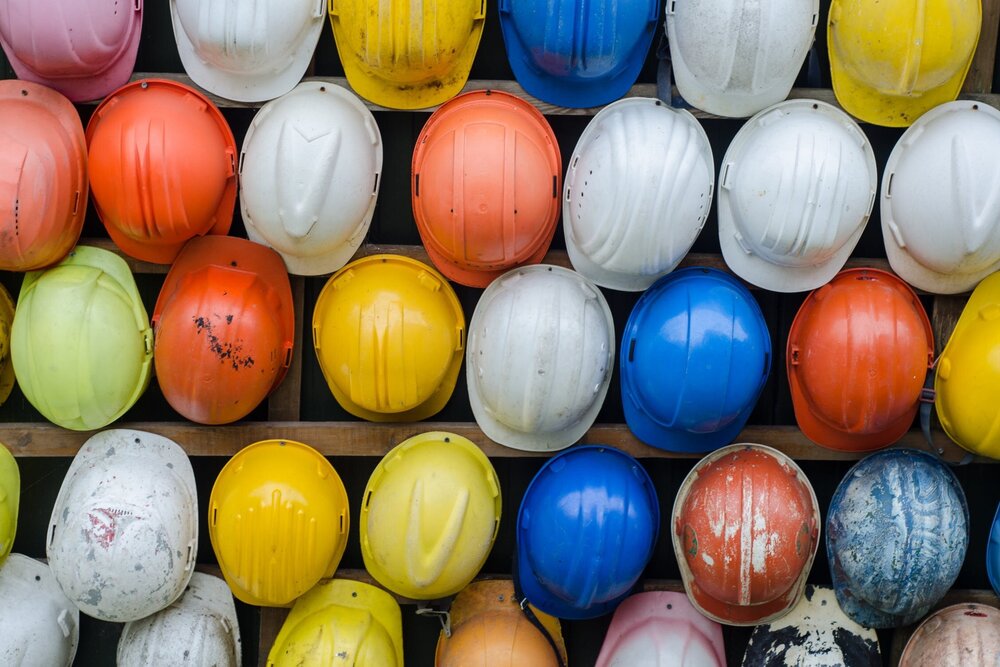You've scoured the market but can’t find a property with all your desired features in a reasonable price range. Maybe you’ve located some "good bones," but you’ll need to invest in considerable renovations before the house is habitable. Is there a way to get the money to build the home of your dreams?
Construction financing offers you an avenue to raise a house from the ground up. You can also secure a variation of this type of loan to renovate an older property with government assistance. However, because of the unique risks involved with such endeavors, you will need to meet additional conditions to qualify.
Types of Construction Loans

image © pexels
Depending on where you decide to build, you have two options available to you. Both loan vehicles leave you, the borrower, ultimately responsible for repayment.
1. Builder-Financed
You will typically find this type of financing in new home subdivisions. However, this method offers one clear advantage — construction loans require you to work with a qualified builder, and going this route ensures that you do.
This form of financing allows the builder to maintain control over particular aspects of the design in the entire area. They maintain style and color control over exteriors. For example, you may opt for olive green shutters, but not passion pink.
2. Buyer-Financed
These types of loans involve properties built on scattered lots rather than subdivisions. This method protects the builder from winding up with spec homes that later prove challenging to sell.
Depending on your relationship with the builder, you may exercise a higher degree of customization. If the contractor subsequently wants to expand the subdivision, they'll likely add some restrictions, however.
Similarities Between the Two
With both types of loans, you remain the owner-of-record while the builder erects your home. You pay interest payments while construction occurs and you pay the cost for financing the process in the price of the house or the permanent construction loan cost.
If you're an investor, take note that most lenders will only finance the construction of a principal residence or a second home. This restriction protects them from unscrupulous individuals who later foreclose without completing the buying process. It also helps to preserve the integrity of the neighborhood. Those with HOAs, for example, may limit the number of rentals they permit in given areas.
What's the Difference Between a Construction Loan and a Typical Mortgage?

image © pexels
In a standard mortgage, the lender issues the note in one lump sum to pay for the purchase of the home. In a construction loan, however, the lender makes installment payments, called "draws," to the builder during specific stages of the process. Each draw reimburses the builder for the costs needed to cover that phase so they can purchase the materials and pay their laborers.
The benefit of these types of loans is that you make interest-only payments while the workers construct your home. That way, if you still have to pay a mortgage or rent, you aren't stuck paying the entire cost of maintaining two properties. This feature also helps to keep the builder from slacking — they need to keep up the pace to get their next draw promptly.
However, these loans are more challenging to qualify for than a traditional mortgage. Typically, you'll need a credit score of at least 680 or higher, and you'll also require a substantial down payment. Studying these requirements and the science behind a credit score will help you prepare.
Why the need for such stringent terms? Simply put, this type of financing entails considerable additional risk for your lender. Your builder, for example, could do a subpar job or, worse, go out of business before construction wraps. Additionally, contingencies can arise that drive up costs. Shifts in weather patterns or "Acts of God" can create delays that prove costly to correct.
Government Help for Renovations

image © pexels
What if you fell in love with a fixer-upper during your home search, but you'll need to perform significant renovations before you can occupy it?
The HUD 203(k) program can allow a buyer to purchase property plus include the cost of repair or improvements in the mortgage. However, you can only use this program for a home you intend to occupy as a principal, not a secondary, residence. The qualification guidelines are not as stringent — a credit score of 580 or above will qualify you.
Using Construction Financing to Build Your Dream Home
If you can't find your dream home, why not build it? If you can qualify for a construction loan, you may not have long to wait until you can finally hang your hat someplace you love.
Author: Dylan Barlett

cover image © pexels
